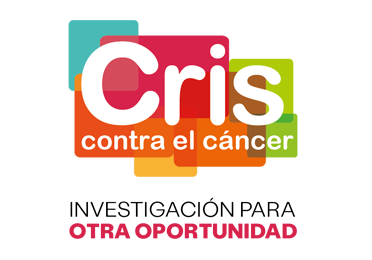Thanks to continued progress in more precisely defining tumor subtypes and thus achieving an increasingly in-depth understanding of the complex biological systems that underlie cancer development, current research aims at more effectively matching therapies to the specificities of each individual patient and his/her respective disease. One such sub-population comprises cancers with defective homologous recombination DNA repair (HRR) that include BRCA1/2-related cancers.
To more accurately tailor anti-cancer therapies to specific patient populations and potentiate them to better counteract drug resistance and halt metastatic cell spread, determined efforts also center on identifying and counteracting mechanisms of resistance to treatments. As importantly, the seeking out of novel biomarkers guides us to more accurately predict which patients would be most likely to respond and benefit from current and novel treatments, including the expanding family of PARP inhibitors (PARPi).
Findings recently published in the open access journal EMBO Molecular Medicine*, lead authored by Marta Castroviejo-Bermejo, Graduate Student of VHIO’s Experimental Therapeutics Group directed by Violeta Serra, evidence the feasibility of the RAD51 assay in establishing which additional patient populations beyond BRCA would stand to benefit from PARP inhibitor-based therapy.
This present study* builds on previous research, also carried out in collaboration with VHIO’s High Risk and Cancer Prevention Group led by Judith Balmaña. Led by Cristina Cruz, formerly a medical oncologist and clinical investigator of VHIO’s High Risk & Cancer Prevention and Experimental Therapeutics Groups, respectively, RAD51 was successfully employed to predict which patients with BRCA-mutated cancers would be resistant PARPi.
Marta Castroviejo-Bermejo and co-Corresponding Authors, Judith Balmaña and Violeta Serra, have now spearhead research that has successfully demonstrated how other additional HRR-deficient cancers without germline mutations in the BRCA1 or BRCA2 genes, could benefit from PARPi.
“We have now taken one more important next step. Our latest research reveals that this biomarker can be used in order to extend PARPi-based therapy to other patient populations,” observed Marta Castroviejo-Bermejo.
The anticancer activity of olaparib in patient-derived tumor xenografts (PDXs) from non-BRCA mutated breast cancer patients was observed and mechanisms of sensitivity identified included the epigenetic silencing of BRCA1 and mutations in other genes related to DNA repair. Additionally, RAD51 nuclei foci were revealed as a biomarker of response to PARPi and shows great promise in better selecting which tumors would most likely be sensitive to therapy with PARPi.
“Importantly, since we have shown that our RAD51 assay is both feasible in routine tumor samples and a simple technique to apply, its translation to the clinic promises ease and speed in its possible implementation,” she added.
Commenting for VHIO Communications, Violeta Serra continued, “In a small cohort of samples from patients with hereditary breast cancer and ovarian cancer, including PALB2-related tumors, our approach has proven its clinical utility in establishing the HRR status of several cancers including those with PALB2 mutations.”
“While our findings represent a progressive forward step in better tailoring therapies to the established specificities of certain cancer subtypes, additional studies will be required to more precisely define the sensitivity and specificity of the RAD51 assay to predict PARPi benefit in the clinic and better select patients for treatment with these inhibitors,” she concluded.
This study has been supported thanks to grants received from the Spanish Association against Cancer (AECC).
###
*A RAD51 assay feasible in routine tumor samples calls PARP inhibitor response beyond BRCA mutation. Marta Castroviejo‐Bermejo, Cristina Cruz, Alba Llop‐Guevara, Sara Gutiérrez‐Enríquez, Mandy Ducy, Yasir Hussein Ibrahim, Albert Gris -Oliver, Benedetta Pellegrino, Alejandra Bruna, Marta Guzmán, Olga Rodríguez, Judit Grueso, Sandra Bonache, Alejandro Moles‐Fernández, Guillermo Villacampa, Cristina Viaplana, Patricia Gómez, Maria Vidal, Vicente Peg, Xavier Serres-Créixams, Graham Dellaire, Jacques Simard, Paolo Nuciforo, Isabel T Rubio, Rodrigo Dientsmann, J Carl Barrett, Carlos Caldas, José Baselga, Cristina Saura, Javier Cortés, Olivier Déas, Jos Jonkers, Jean‐Yves Masson, Stefano Cairo, Jean‐Gabriel Judde, Mark J O’Connor, Orland Díez, Judith Balmaña, Violeta Serra. EMBO Mol. Med (2018) 10, e9172. DOI 10.15252/emmm.201809172n.











